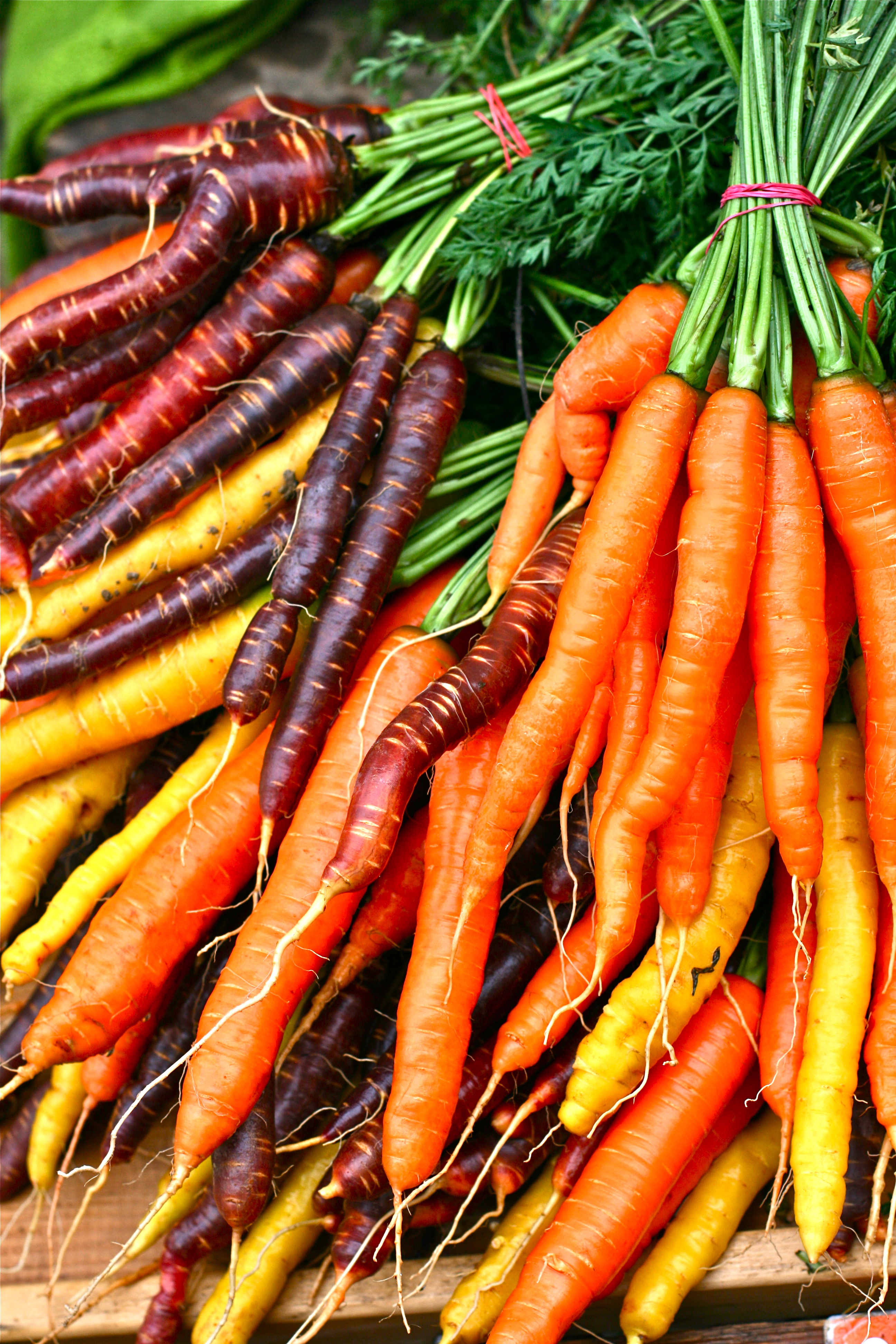Gastronomic Fingerprints and Civilization
Gastronomical investigation is one of the key factors in the study of civilizations. Right from the basic classification of whether or not a certain civilization cultivated land, to the more advanced study involving methods of cooking prevalent at a particular time in history, Food has always been central to the documentation of early human life.
We have definitely come a long way from roasting hunted animals over open wood fire to cooking gourmet dishes in cryovac units. Every culture has carved its own niche in the great wall of cuisine diversity. Right from the warm, comforting broths of South East Asia to the mouthwatering Pastry creations of Central Europe, and from the delectable, aromatic Indian curries to the modern fusion cuisine of North America, every delicacy speaks mounds of the region it comes from.
Each cuisine is like a window into the lives of its people. It tells the story of the local produce, the eating habits and of course its history. Historic stories and legends revolving around food make the most interesting reads .
I am sure, every kid hears this at least once, "If you want a good eyesight, you better finish your carrots." Well, according to some stories, the British propagated this theory to keep a certain technological asset under wraps. According to this story, to make it more difficult for the German warplanes to hit targets on the ground, the British ordered citywide blackouts. The Royal Air Force was able to keep the German warplanes at Bay even before they reached the English Channel by using a new, secret radar technology. To keep this discovery from leaking out, they provided a deceptive reason for their success, by claiming that their pilots had exceptional eyesight because of high intake of carrots.
Thus began the atrocities on every child to gobble down carrots like a rabbit.
Regions, like India, that have been ruled by many conquerors, are exemplary examples of how a certain civilization at a certain period in history, leaves its own gastronomical fingerprints. During the period when the Maurya Empire and the Gupta Dynasty were dominant, the spread of Hinduism and Buddhism had started taking a strong foothold. The cuisine that evolved at that time revolved around the scriptures in the Vedas and other religious Books, with a certain set of preparations reserved for special occasions and festivals. The religious books promoted tolerance and non violence which was a major reason for the delicacies to be restricted to vegetarian preparations.
Then during the Moghul rule, India or Hindustan as it was then called, saw a drastic change in its cuisine especially in the northern regions where the Empire set up its Headquarters. Kebabs and Biryanis became a way of life. The entry of the British brought in their colony lifestyle and their food culture. They brought with them their cakes and loaf breads and the custom of afternoon high tea.
And today India is a big melting pot of diverse cuisines, with almost every city having Pure vegetarian diners, Biryani Houses, big bright bakeries and huge, inviting sweet shops all on the same street.





Enjoyed reading this..the carrot story is really interesting
ReplyDeleteThanks Udayan :)
ReplyDelete